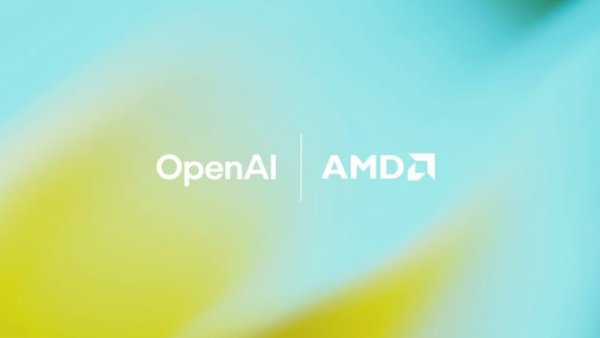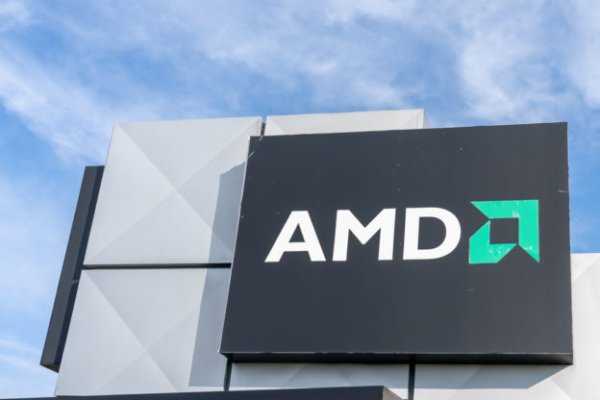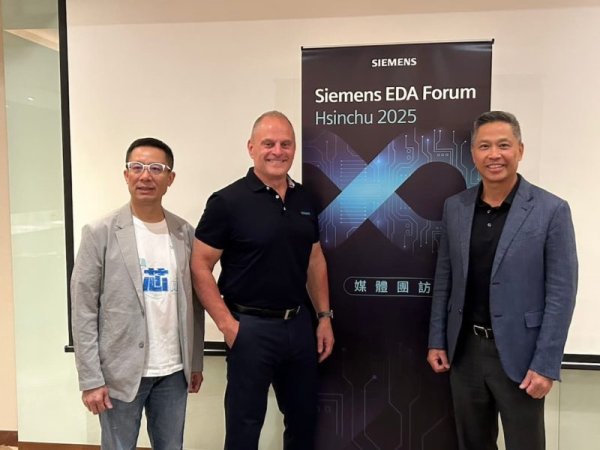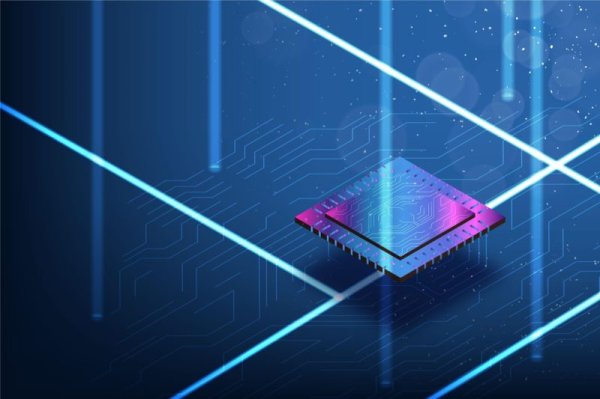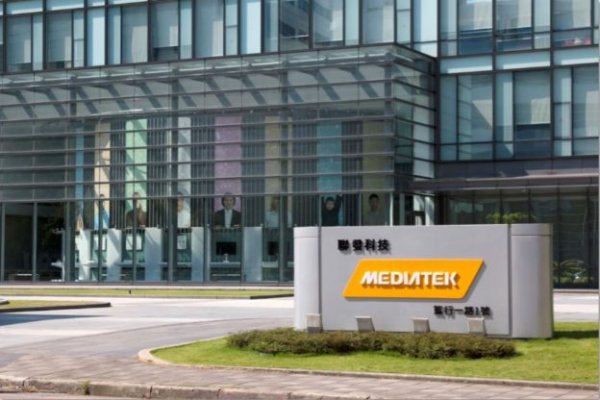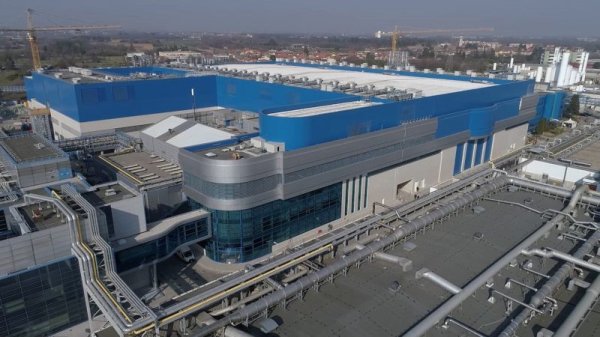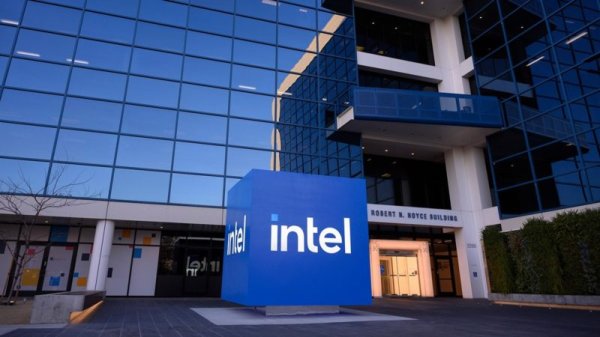Is the alliance between OpenAI and AMD Century a good thing for infinite loop AI, or is it a bubble in the ultimate money game?
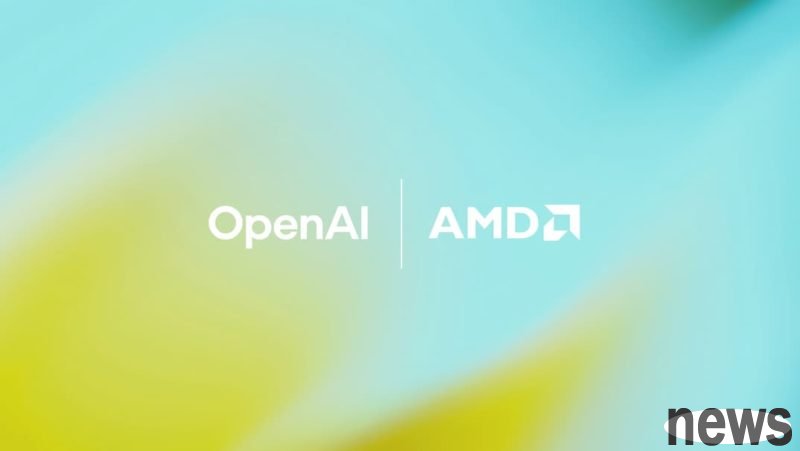
In the dizzying offensive and defensive battle in the artificial intelligence (AI) computing power competition, the semiconductor industry recently dropped a real shock bomb. Advanced Micro Devices (AMD) and OpenAI, a major application company in the AI field, announced a multi-billion-dollar in-depth chip agreement. This is not only an ordinary purchase order, but also a strategic alliance that may completely change the pattern of the AI industry. As soon as the news came out, AMD's stock price soared by more than 30%, and its market value surged by nearly $80 billion in a single day.
Market analysts analyze that in the process of OpenAI successively signing cooperation agreements with major semiconductor manufacturers such as NVIDIA (NVIDIA) and AMD, we can see how it uses the cooperative relationship behind the great business opportunities in AI infrastructure construction to continue to maintain the dream of developing the AI market while obtaining investment, maintaining orders, and further boosting the stock prices of each other's companies. Therefore, from this series of cooperation between OpenAI and NVIDIA and AMD, we can observe the following key points:
1. The core of the agreement: astronomical computing power commitments and radical equity incentives1. The core details of this contract upgrade a simple buyer-seller relationship into a cooperation with highly connected interests. Because of the epic computing power commitment, OpenAI promises to deploy large-scale deployment of up to 6 GW (Gigawatts) MI450 chips in the future, which is expected to be online in the second half of 2026. This is a massive scale that is enough to shake the industry. The 6 GW power scale mentioned in the agreement is even equivalent to three times the annual power generation of the Hoover Dam, highlighting the huge impact on the infrastructure and energy sectors. OpenAI’s choice to deploy MI450 series chips on a large scale on its most important infrastructure is undoubtedly the strongest endorsement of AMD’s AI capabilities.
2. Zero-cost strategic equity investment: The most surprising part of the agreement is the “Warrant” clause. AMD will issue warrants to OpenAI, allowing the latter to acquire up to 160 million AMD shares at almost zero cost (just $0.01 per share) upon reaching certain milestones, which is equivalent to approximately 10% of AMD's equity. This move made OpenAI no longer just a customer, but a strategic shareholder of AMD, and the interests of the two companies were completely bound.
3. Management of a market capitalization of US$600: This equity incentive mechanism is actively designed, and the exercise of some of the warrants is linked to AMD’s stock price performance. The most critical final batch of warrants requires AMD's stock price to reach $600 before it can be fully vested. This move has gone beyond a simple buyer-seller relationship and represents both parties entering the field of common market value management.
2. Financial alchemy: diluting equity to fund customer purchases in disguiseAMD executives estimate that this transaction will bring in tens of billions of dollars in revenue every year, and is likely to create more than 100 billion dollars in new revenue within four years. However, the source of this revenue is filled with left-pocket to right-pocket financial operations.
The logic of this transaction is that AMD (supplier) does not use the cash it owns, but issues warrants to OpenAI (customer) by issuing stocks. Among them, OpenAI obtained AMD listed company stocks that are extremely valuable and can be liquidated in the public market in the future. OpenAI can use these warrants or future stocks to obtain mortgage financing from private credit funds or banks in exchange for cash. OpenAI then used the money to pay AMD to purchase chips. In the end, AMD's financial report will show eye-catching revenue.
In essence, AMD provided OpenAI with funds to purchase its own products by diluting its own equity. Although this kind of operation is full of financial operations, in the face of the strong offensive of competitor NVIDIA, AMD must come up with more active and creative plans to convince the market and its most important customers to bet on itself.
3. Industrial structure reshuffle: OpenAI’s calculations and AMD’s counterattack1. OpenAI’s strategic considerations: CEO Sam Altman has repeatedly emphasized that the biggest bottleneck limiting the development of AI is computing power. OpenAI is unwilling to take the huge risk of pinning all its hopes on a single vendor. This cooperation has established a stable and large computing power supply chain for OpenAI independent of NVIDIA. In addition, when there are two top suppliers in the market, the bargaining power of the buyer (OpenAI) will be greatly improved. In the future, OpenAI can choose between NVIDIA and AMD, or even let the two bid against each other, thereby minimizing the cost of computing power.
2. Targeting NVIDIA’s hegemony: Not long ago, NVIDIA had just reached a hundred-billion-dollar cooperation with OpenAI. At that time, NVIDIA obtained part of the private equity of OpenAI that had not yet been listed. NVIDIA invested real money in customers, but this time AMD gave away shares of listed companies in exchange for customer purchase orders. AMD’s move not only ensures OpenAI’s supply chain security, but also gives AMD the strongest market endorsement.
In fact, AMD has long been regarded as an alternative or secondary choice to NVIDIA in the field of AI chips.. But this time OpenAI, the king in the field of AI, personally gave AMD’s technology the most significant vote of confidence. When the industry leader OpenAI begins to adopt AMD chips on a large scale, this will create a powerful "catfish effect", prompting other AI companies and cloud service providers who are waiting to accelerate the introduction of AMD solutions. AMD will no longer be just Plan B, but Plan A to keep pace with NVIDIA.
Analyst: Endless wonderful AI investment cycle?In this regard, Lu Xingzhi, a former well-known foreign analyst, pointed out on his personal Facebook fan page with the title "Endless and beautiful AI investment cycle?" that the endless investment cycle is really good for the AI industry, and there are surprises every day. The bubbles are getting bigger and bigger, and it seems that they will never burst. Most investors (including me) have never encountered this kind of thing, and it is becoming increasingly difficult to judge its turning point.
Lu Xingzhi said that assuming that a leading strategic investor AI chip company invests US$100 billion in a new AI application company, holding a 20% share, and other shareholders hold a total of US$500 billion in cash, the new start-up company then uses this US$500 billion in cash to buy US$400 billion in chips, software, and systems from the leading strategic investor AI chip company. This strategic investor AI Chip leaders stand to make $240 billion (operating margins as high as 60%). Then he used the profits of US$200 billion to invest US$200 billion in the same new AI application company, plus US$800 billion in follow-up investment from other optimistic investors, maintaining a holding ratio of 20%.
After that, the new AI application company used the US$1 trillion in cash to buy US$800 billion in chips/software/systems from the leading AI chip company, a strategic investor, and then made a profit of US$480 billion. It then used US$400 billion of the profits to invest US$400 billion in the same new AI application company, plus US$1.6 trillion in follow-up investment from other optimistic investors, and the holding ratio remained the same. 20%, this new AI application company will use this 2 trillion US dollars in cash and strategic investor AI The leading chip company bought US$1.6 trillion of chips/software/systems, and then made a profit of US$960 billion, and then used the US$960 billion in profits to invest US$800 billion in the same new AI application company……Coupled with the possible valuation increase of this continuous cycle of investment, do you feel that this endless investment cycle has a negative impact on AI? The industry is really beautiful, and there are surprises every day. The bubbles are getting bigger and bigger, and it seems that they will never burst. Most investors (including me) have never encountered this kind of thing, and it is getting harder and harder to judge its turning point.
Lu Xingzhi emphasized that, of course, behind this wonderful and endless AI investment cycle, it is beneficial to its related industry chains, but it is relatively disadvantageous to chip designers such as AMD's AI GPU and Broadcom/Marvell's ASIC. It is also relatively disadvantageous to AI application companies competing with peers Google, Lao Ma's Grok, Anthropic’s Claude, and China's Deepseek. The same endless investment cycle drama also occurs in Coreweave, Nebius, and Intel. Who do you think will be the next target to be turned over by the leader? Which company has the ability to find such a perfect cycle (it seems that AMD, Intel, and Marvell cannot defeat the leader, but Google, Amazon, Broadcom, and Tesla have funds and core chips, and they can also invest/include technical cooperation with medium and large AI application companies that want to buy their ASIC chips. But will Google/Amazon/Tesla sell their self-developed chips?)


